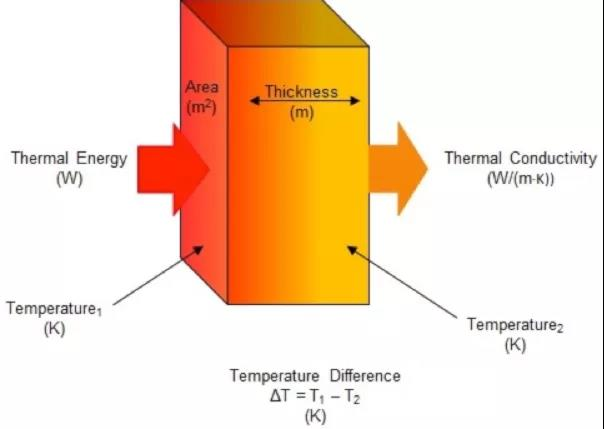The Different Between Thermal Conductivity and Thermal Resistance
Thermal Conductivity
◪Thermal conductivity is a measure of a substance's ability to conduct heat.
◪It indicates the amount of heat a substance conducts through a unit thickness of the substance driven by a temperature difference.
◪The unit of thermal conductivity is W/m·K.
◪The higher the thermal conductivity, the greater the ability of the substance to conduct heat.
Thermal Resistance
◪Thermal Resistance is a measure of a substance's ability to resist the conduction of heat.
◪It indicates the degree of resistance to heat conduction per unit thickness of the substance.
◪The unit of thermal resistance is K/W.
◪The higher the thermal resistance, the greater the resistance to conduction of the substance and the worse the ability to conduct heat.

Relationship Between Thermal Conductivity and Thermal Resistance
Thermal conductivity and thermal resistance are two closely related physical properties, and the following relationship exists between them.
1.Thermal conductivity and thermal resistance are multiplicative inverse related: thermal resistance is equal to the thickness of the substance divided by thermal conductivity.
2.Thermal resistance can be expressed as the reciprocal of thermal conductivity multiplied by the thickness of the substance.
3.The higher the thermal resistance, the lower the thermal conductivity, and the worse the ability of the substance to conduct heat.
Thermal conductivity and thermal resistance are two important concepts related to thermal conduction, which are important indicators of the conductive properties of substances and have wide applications in the fields of thermal engineering and materials science. Understanding the relationship between them can help us understand the mechanism of heat transfer, optimize the design of heat dissipation solutions, and make reasonable judgments and decisions in material selection and heat sink applications.






